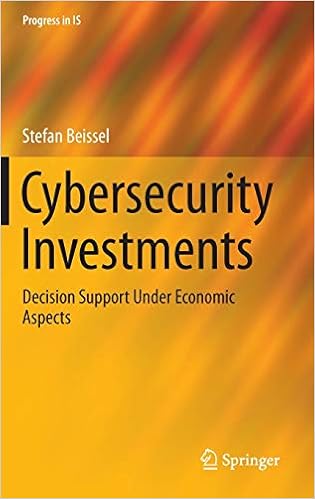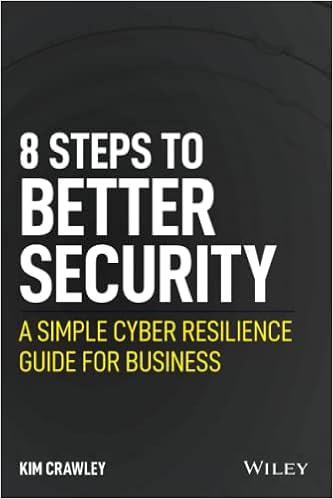SIEM Satisfaction is Mediocre
When CISOs, CIOs, CTOs, security engineers, security analysts and security architects were asked to rank the primary capabilities of a traditional SIEM according to how satisfied they were with those capabilities, an interesting picture emerged. The survey results indicated that every primary capability of traditional SIEM solutions, at best, only somewhat met the majority of users’ needs. Some capabilities were irrelevant to many users. This tepid level of satisfaction is what drove many security teams to undertake the effort to build their own security monitoring tools.
Data Coverage and Data Use
Less than 25% of the respondents believed that their SIEM covered more than 75% of their security-relevant data. Nearly 17% responded that their existing platform covered less than a quarter of their data.
Furthermore, when asked if they believed their current SIEM platform were capable of handling the volume of security data their organization will generate in the future, a third of the respondents said they expected their existing platform to keep falling behind.
These results underscore the risks security teams (and their organizations) are forced to tolerate due to the cost and overhead required to bring high volumes of security-relevant data into traditional SIEM platforms. Without full visibility into all necessary data, security teams will undoubtedly have blind spots that impede their ability to protect their organizations.
OK, so what can they do instead? Well, a cloud-native architecture capable of ingesting, normalizing and analyzing terabytes of data per day cost-effectively is necessary to keep up.
Moving From Static to Dynamic
Security professionals are well aware of the static nature of traditional SIEM platforms. Many believe they pay too much for the capabilities provided and are concerned about what the future holds.
SIEMs were designed over ten years ago when the world was a very different place. The technology hasn’t evolved its approach to keep up with the needs of cloud-scale environments. Adequate security today depends on full visibility into security-relevant data, structured, scalable data lakes, cloud-native workflows and fast detection and response times. Security teams need a modern approach to security monitoring built for the cloud-first world.
Security Information and Event Management (SIEM) Implementation



















![Department of Homeland Security and Information Sharing: Is It Working? by [United State Army War College, U.S Army U.S Army]](https://m.media-amazon.com/images/I/417d4jwJrTS.jpg)
![CYBERSECURITY AND INFRASTRUCTURE SECURITY AGENCY: Actions Needed to Ensure Organizational Changes Result in More Effective Cybersecurity for Our Nation by [United States Government Accountability Office]](https://m.media-amazon.com/images/I/51FIzAXr-CL._SX260_.jpg)


